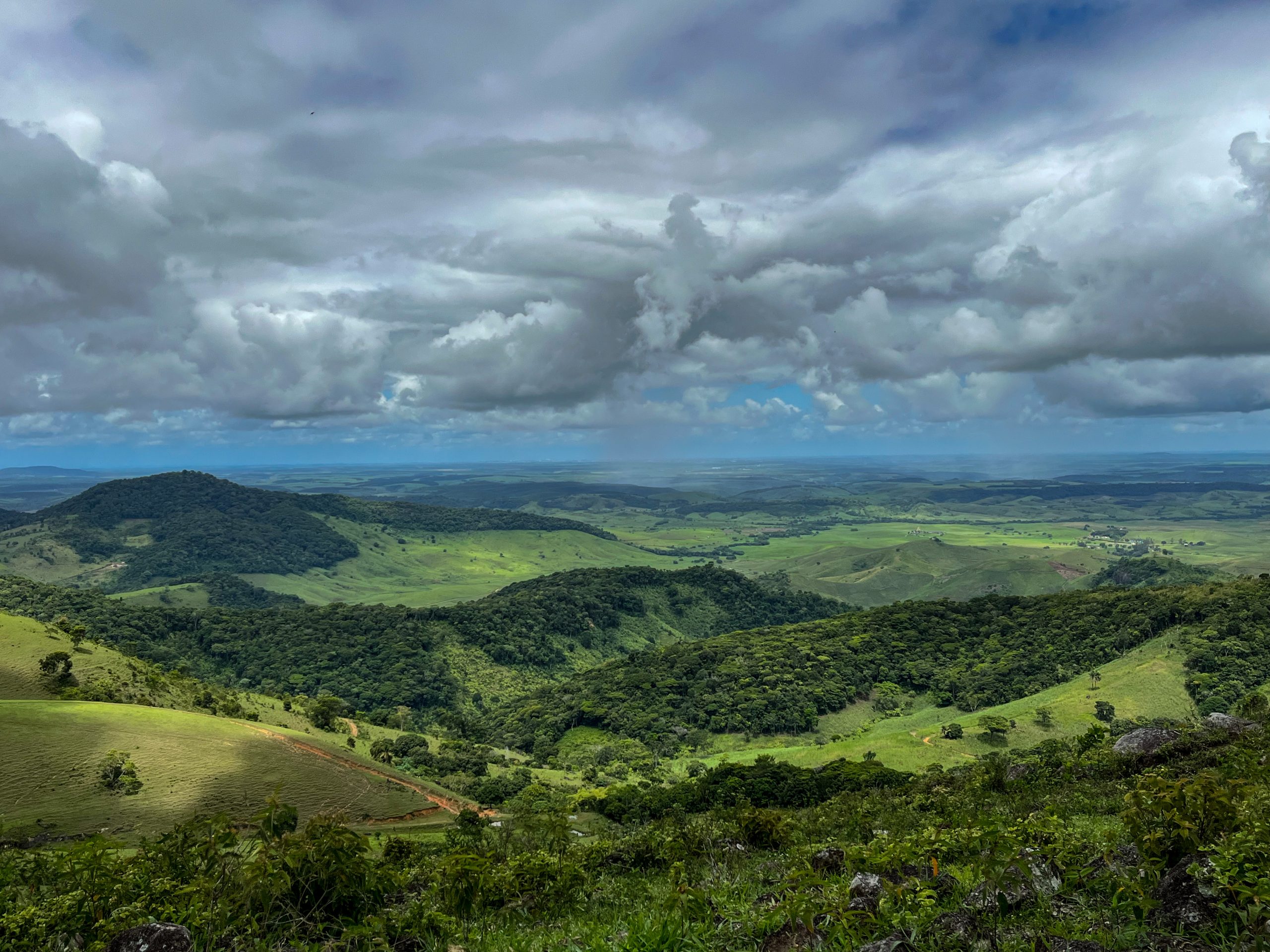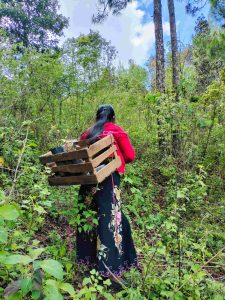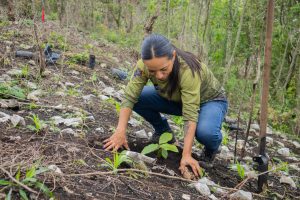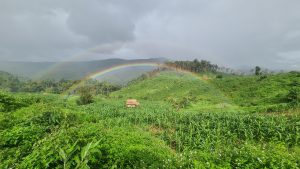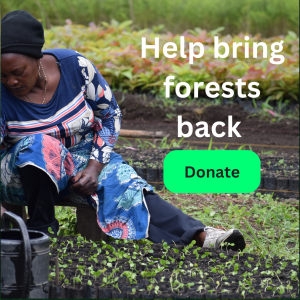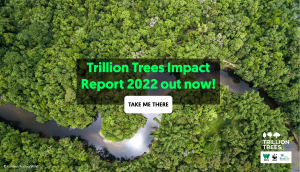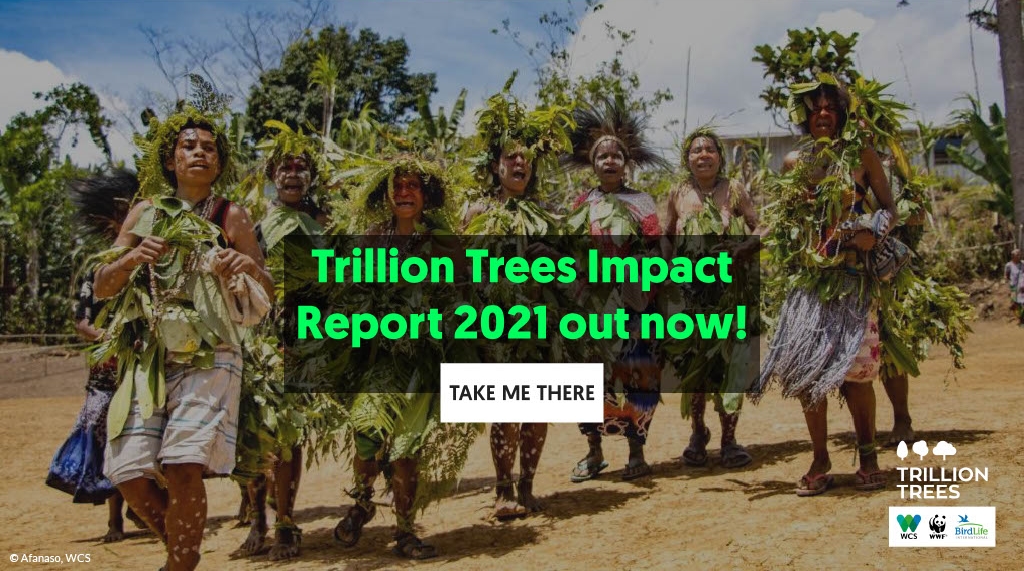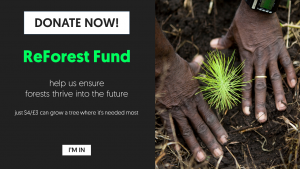An unrivalled ecosystem
Even in its current fragmented state, the Atlantic Forest is an incredible collection of eco-regions with biodiversity rivalling the Amazon. Just one hectare (a bit larger than a football pitch) of the Atlantic Forest can harbour 450 species of trees and there are thousands of unique plant and animal species not found anywhere else on earth – including around 8,000 plant species and more than 800 types of birds. Ten of those birds are critically endangered – some down to just a few surviving adults. Two endemic bird species became extinct in just the past 20 years. The Mata Atlântica Biosphere Reserve in Brazil is home to 15% of Brazilian primates, including the golden lion tamarin and the iconic jaguar.
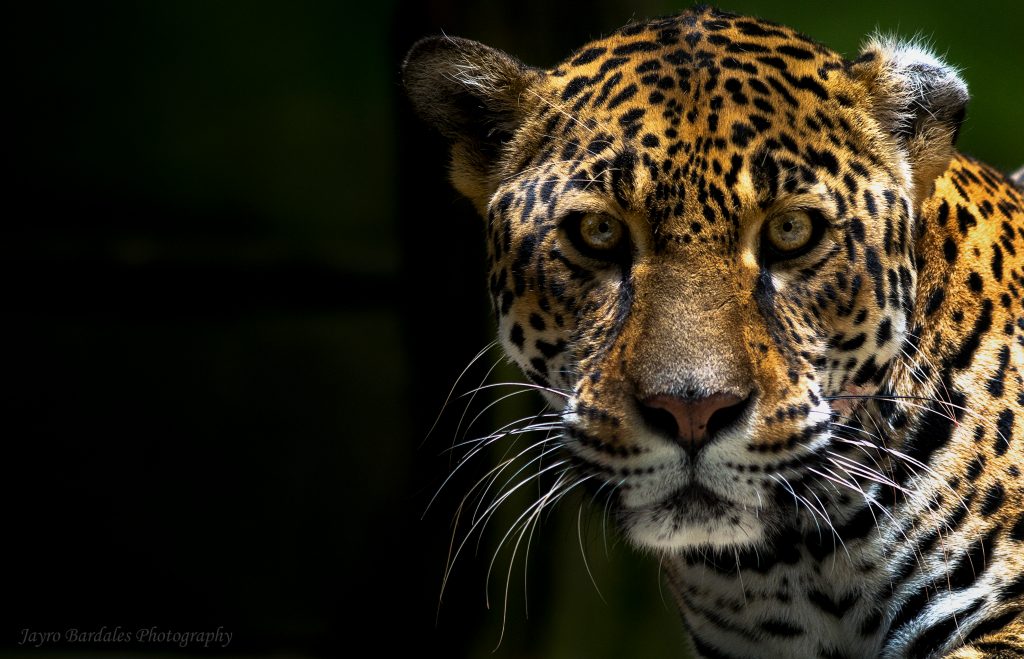
Significant for people and for climate
The Atlantic Forest also plays an important role in mitigating climate change. For example, just one hectare of forest in the Upper Paraná ecoregion can store an average of 223.5 tons of carbon – that’s equivalent to the greenhouse gas emissions of over 2 million miles driven by the average gasoline car.
The Atlantic Forest is home to more than 145 million people and several big cities, including Rio de Janiero and São Paulo. People depend on the forest for their livelihoods, food, water security, agro-business and wellbeing. Hydropower generated in the Atlantic Forest provides much of the electricity supply for the three countries. In Brazil, the Atlantic Forest ecoregion produces 70% of the country’s GDP.
For centuries the landscape has suffered from deforestation - an area of forest almost five times the size of the UK has been lost and much of the landscape is degraded. Pressures on the forest continue, including agriculture, urbanisation/infrastructure development, illegal hunting and unsustainable harvesting.
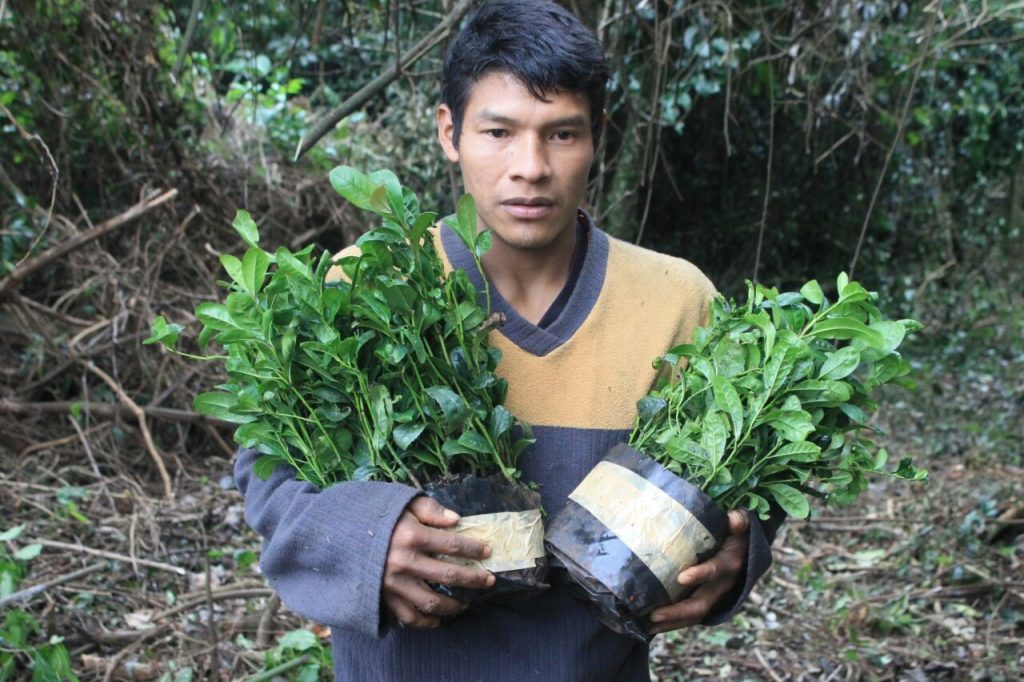
A UN Decade Flagship Landscape
However, there are reasons for hope. In December 2022, the Atlantic Forest was named as a UN Decade on Ecosystem Restoration Flagship Landscape – one of 10 flagship initiatives that illustrate the breadth and promise of restoration work already underway. This also means it is eligible to receive United Nations support, funding or technical expertise. Together, the 10 UN Flagships aim to restore more than 60 million hectares of different ecosystems. Crucially, for the Atlantic Forest, there is tri-national co-ordination - a push to restore 15 million hectares of forests across Argentina, Brazil and Paraguay.
The Trinational Atlantic Forest Pact is a showcase example of how to approach Forest Landscape Restoration (FLR). It involves 360 institutions including public and private sector, research institutions, NGOs, traditional communities, local landholders and more than 33 implementing partners and supporters. Hundreds of scientific articles, book chapters, booklets and reference documents about the area have been published and over 50,000 hectares are in active restoration with a common monitoring platform, creating thousands of jobs and sources of income for local people.
A story of hope from a Trillion Trees partner project
In the 100 km-long Serra do Urubu-Murici Landscape in northeastern Brazil, just 16% of the original Atlantic Forest ecosystem survives. Located between two Brazilian states it encompasses 22municipalities and is home to around 378,000 people. Most of the remaining forest fragments are on private land and only 7,500 hectares of forest are officially protected, but there is big opportunity for forest recovery. SAVE Brasil (a WWF and BirdLife partner) is working with local landowners to restore and reconnect vital habitat used by 20 globally threatened bird species, alongside several other partners, and piloting agroforestry approaches with smallholder farmers. They are providing technical capacity support and education opportunities, and using tree species that support agroforestry, while restoring critical connectivity of forest needed for wildlife. With this, natural regeneration of native forest is rapidly happening, further improving the quality of the land and providing resources for people and biodiversity.
Birds are often seen as a reliable measure of the health of an ecosystem and SAVE Brasil has undertaken bird surveys for the past 15 years in the area. In one of the restoration plots, after 10 years of restoration efforts 70 species have been recorded, up from only three at the start – including some threatened species. Such hopeful evidence shows that investing in forest restoration does work. It’s also bringing in more opportunities with student activities and ecotourism.
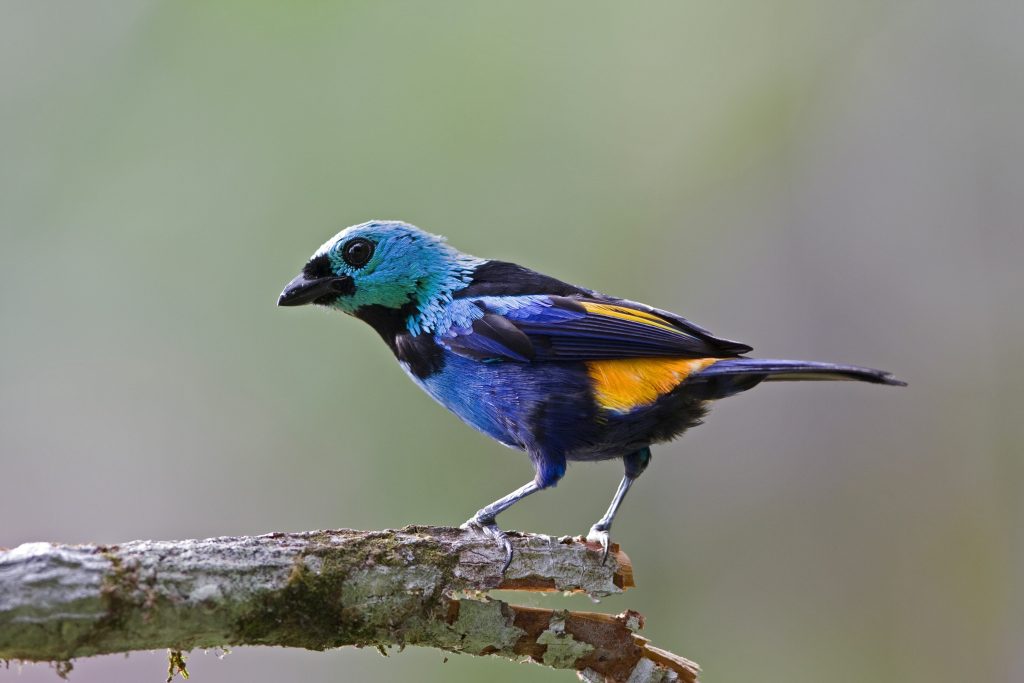
If you’re interested in supporting efforts to protect and restore the Atlantic Forest in a way that will make a lasting difference for people, nature and the planet, you can donate to the Trillion Trees ReForest Fund here.

